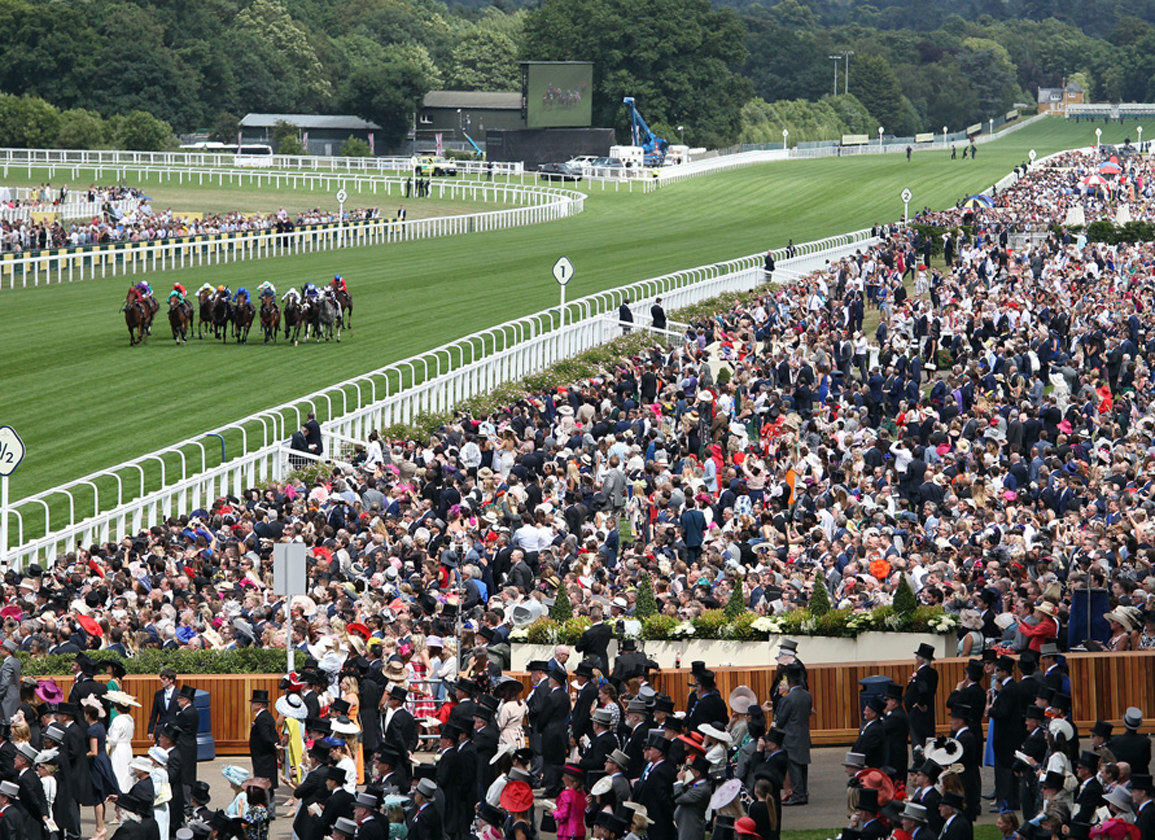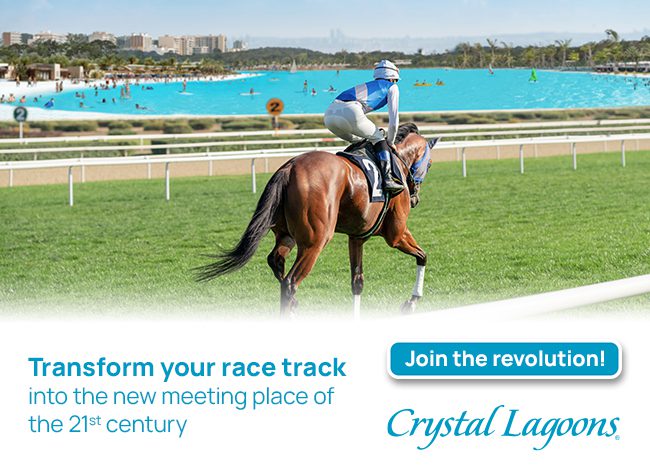By Chris McGrath
It is as true to say that Americans and Europeans are united by an ocean as divided by one. And while horsemen are often considered insular, their transatlantic engagement–fluctuating but perennial–means that they always have things to learn from one another.
In recent times, contrary to European prejudice, it is the Americans who have been more willing to leave their comfort zone. Whereas not even Coolmore have lately been rolling the dice on the dirt at the Breeders' Cup, American raiders have increasingly enriched the pageant of Royal Ascot. And while doing so won't generally involve a formal switch of surface, just tell that to Tepin (Bernstein) after she won over a straight mile of mud.
But while they say that travel broadens the mind, both camps must remain wary of hasty judgements in what remain relatively fleeting encounters.
When they see Wesley Ward's runners blazing away in front, for instance, the locals don't simply perceive differences in the education of horses. Instead they feel vindicated in a vexing misapprehension that Americans breed for one-dimensional speed.
As they say in England: “Give a dog a bad name and hang him.” The paradox is that speed, nowadays, is actually the obsession of Europe's commercial breeders–and American programs are increasingly tapping into that. Yet while doing so is yielding big results, both at Ascot and in a weaker turf program at home, it arguably risks exposing the speed-carrying American Thoroughbred to precisely those deficiencies that have diluted the Classic gene pool in Europe.
But that, by now, is doubtless a wearily familiar complaint. So perhaps a more pertinent reflection on Ascot week, this year, relates to the setting itself. For the grandstand, majestic even when not yet revitalized by full capacity, actually owes something to a less obvious cross-pollination.
When the Ascot team looked around the world for inspiration, one of the places that made the deepest impression was Arlington Park. Here, they felt, was a facility that maximized respect for both participants pivotal to the sustainability of our sport: the racehorse, and the fan.
Make no mistake, Arlington was long viewed–both in its reconstruction and operation–as one of America's exemplary contributions to the global turf. In staging the first seven-figure race in 1981, with the express hope of nourishing overseas competition, Arlington pioneered a path for the Breeders' Cup and, indeed, for the Royal Ascot of the modern era. And these formative experiences, for the international sport, were replicated on a more intimate scale. As one of many Europeans to have first fallen in love with the American turf in Chicago, I'm delighted that our host in those halcyon days, Richard L. Duchossois, is being suitably honored in his 100th year by the renaming of the Million (its purse instructively deflated) as the Mister D. S. And I'm devastated that this global flagship for prioritizing public engagement with the sport should now stand on the brink of wilful scuttling.
We know that a serious offer has been tabled for the track's redemption. But we also know, now, that the Bears are really in the game. And, regardless, even the highest offer would not necessarily suffice to prevent the sellers from stifling competition to their nearby casino or any other investments they may plan for this neighborhood.
It's silly to call this greed. Churchills Downs Inc. Is no more (nor less) heartless than any other big corporation whose one and only purpose is to make money for its stockholders. Despite custody of the iconic twin spires, their only interest in sporting heritage will be in its commercialization.
I'm often assured by people who would know that CDI has people of the right caliber to ensure the prosperity of such racetracks as do fit into their plans. But with so many jewels of the American turf at the mercy of the ruthless functioning of capitalism, whether at CDI or elsewhere, then the real challenge to emulate Britain is not in breeding grass sprinters. It's whether racetrack ownership can somehow become stewardship.
The Queen and her heirs aren't going to be selling Ascot for condos and malls any time soon. Epsom and Newmarket, similarly, are owned by Jockey Club Racecourses. Obviously the model isn't invulnerable, as the past travails of NYRA demonstrate. In principle, however, putting all profits back into the business should always create a product that will commercially outperform the soulless gaming factories.
For while corporate analysts renounce racetracks as “legacy business”, with dinosaur demographics, the example of Ascot might suggest a couple of alternative thoughts. One is that conserving and investing in something that can't be measured on the balance sheet–heritage–can actually help to make a racetrack viable; that “legacy” can itself be “business”. The other is that if private track operators won't buy into that theory, then can horsemen devise a way to prove it themselves?
Not easy. But was it easy to overcome vested interests for the modern industry's game-changing communal achievement, the Breeders' Cup? When the stakes are this high, we have a duty to future generations at least to be able to say that we tried. And it's not as though our community is lacking people of adequate resource, whether in finance or brains. Obviously Ascot's ownership is a fortuitous historical boon, but a Jockey Club subsidiary had to buy Epsom, for instance, from rival bidders on the open market in 1994.
CDI wouldn't be in the game at all, remember, if they didn't think that money can be made by racetracks in the right setting and market. So if you can imagine a scenario of constant reinvestment, without a nickel payable in dividends, then who knows? Perhaps that might even relieve the sport of an undignified dependency on gambling addicts.
In the quality of the racing experience, Ascot and Arlington both deliver magnificently. But that secures only one of their contrasting business models against predation.
As it stands, horsemen and fans are sick to their stomachs at the idea of Arlington going the way of Hollywood Park and Calder. We can only hope that somehow the political equations might yet tilt CDI towards the rescue bid. But we know one thing for sure. However things play out at Arlington, this won't be the last time a storied racetrack is put up for sale. With so few players in the game, it's hard to be confident that any of them won't just pick up the ball and go home. We need to find a way to persuade them at least to sell us the ball first.
Not a subscriber? Click here to sign up for the daily PDF or alerts.






